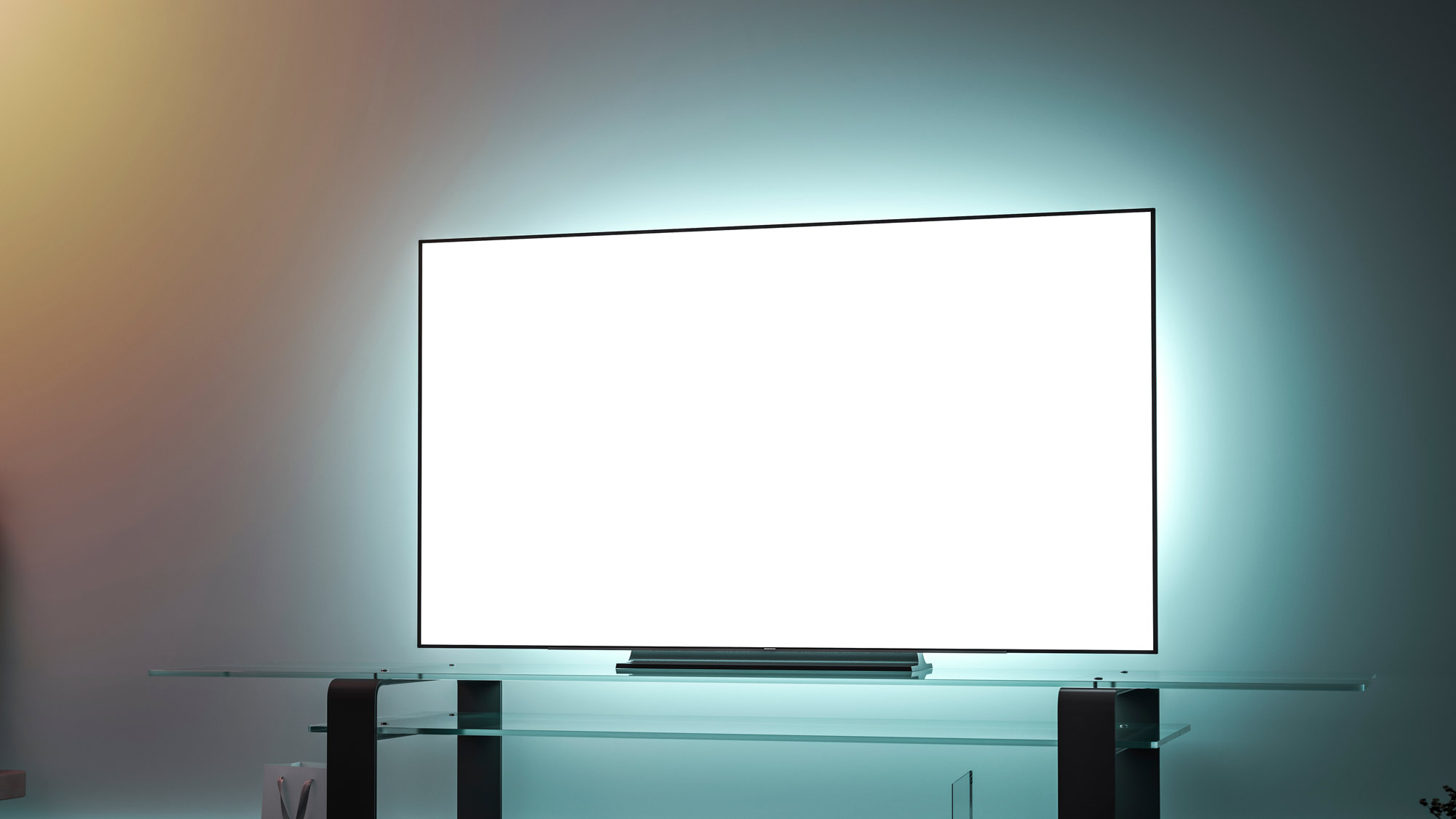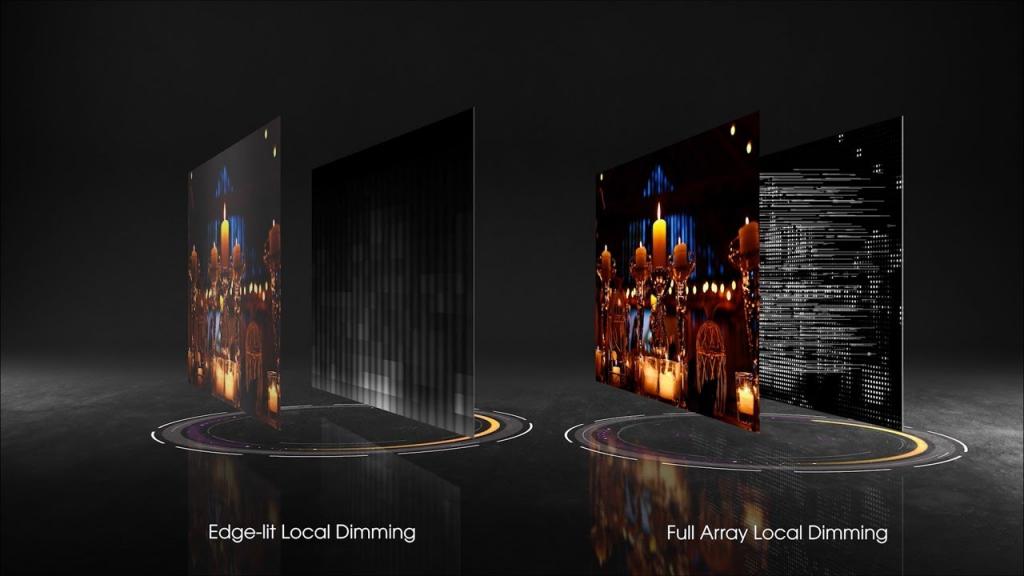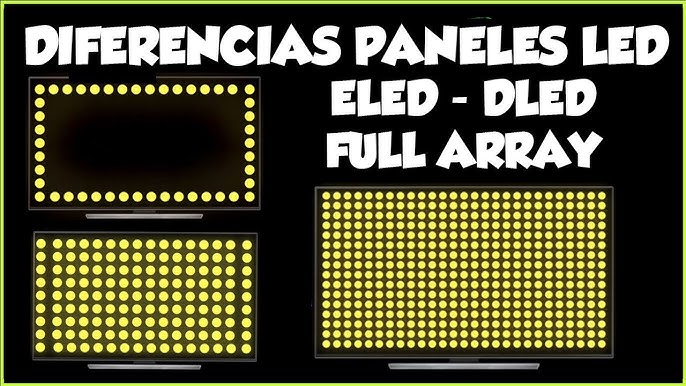Edge Lit Vs Direct Lit Vs Full Array

The quest for the perfect television picture has driven relentless innovation in display technology. Behind the sleek designs and vibrant colors lies a crucial element: how the screen is illuminated. Understanding the nuances between edge-lit, direct-lit, and full-array local dimming (FALD) backlighting is now more crucial than ever for consumers navigating the crowded TV market.
This article aims to demystify these technologies. We will explore their individual strengths and weaknesses. Also, we will examine their impact on picture quality and overall viewing experience. This knowledge will empower you to make an informed decision on your next TV purchase.
Decoding Backlighting Technologies
The backlight in an LCD (Liquid Crystal Display) television provides the light source necessary to create an image. Different backlighting methods drastically impact contrast, brightness uniformity, and overall picture fidelity. The three most common technologies are edge-lit, direct-lit, and full-array local dimming (FALD).
Edge-Lit Backlighting: Slim Profile, Compromised Uniformity
Edge-lit TVs position LEDs (Light Emitting Diodes) along the edges of the screen. A light guide then distributes the light across the display panel. This design enables exceptionally thin and sleek TV designs, which are often aesthetically appealing.
However, edge-lit backlighting often struggles with uniformity. Because the light originates from the edges, the center of the screen can sometimes appear dimmer than the edges. This can result in noticeable bright spots or clouding, especially during dark scenes.
While manufacturers have developed edge-lit variations with complex light guides and dimming zones, they generally cannot match the performance of direct-lit or FALD systems. Edge-lit TVs are typically found in lower to mid-range models.
Direct-Lit Backlighting: A Step Up in Uniformity
Direct-lit TVs feature LEDs positioned directly behind the entire display panel. This configuration provides a more even distribution of light compared to edge-lit designs. The result is better brightness uniformity and reduced clouding.
Because the LEDs are placed behind the panel, direct-lit TVs tend to be slightly thicker than edge-lit models. This is a small price to pay for improved picture quality for many users. Direct-lit is usually seen as a good midpoint for quality and cost.
Direct-lit TVs offer a noticeable improvement in contrast and overall picture quality compared to edge-lit models. They are a popular choice for those seeking a balance between price and performance.
Full-Array Local Dimming (FALD): The Pinnacle of Contrast
Full-array local dimming (FALD) represents the most advanced backlighting technology. Like direct-lit, LEDs are positioned behind the panel. What sets FALD apart is its ability to independently control the brightness of different zones of LEDs across the screen.
This local dimming capability allows the TV to dim the LEDs behind dark areas of the image. It then brightens the LEDs behind bright areas. This creates exceptional contrast and significantly enhances the viewing experience. Think deep blacks and vibrant highlights.
FALD significantly improves contrast ratio, black levels, and overall picture depth. However, the effectiveness of FALD depends on the number of dimming zones. More zones generally lead to better performance. This is because they reduce the "blooming" effect, where light spills into adjacent dark areas.
Impact on Picture Quality and User Experience
The choice of backlighting technology directly affects several crucial aspects of picture quality. Those aspects include contrast, brightness, uniformity, and viewing angle.
Contrast is dramatically improved with FALD, offering the most immersive and realistic images. Brightness is generally sufficient across all three technologies, but FALD systems often achieve higher peak brightness levels.
Uniformity is typically best with FALD and direct-lit, minimizing clouding and bright spots. Viewing angles are less directly affected by backlighting but can be influenced by the overall panel technology used in conjunction with the backlighting.
The Cost Factor and Consumer Considerations
Edge-lit TVs are generally the most affordable option due to their simpler design and manufacturing processes. Direct-lit TVs offer a balance between price and performance, making them a popular choice for budget-conscious consumers.
FALD TVs represent the premium segment, commanding a higher price due to the advanced technology and superior picture quality they offer. The extra cost may well be justified for those wanting the best possible viewing experience.
Consider your viewing habits, budget, and priorities when choosing a TV. If you value slim design and are on a tight budget, edge-lit may suffice. If you prioritize picture quality and can spend a bit more, direct-lit is a solid choice. For the ultimate viewing experience, FALD is the way to go.
Looking Ahead: The Future of Backlighting
Research and development in backlighting technology continue to push the boundaries of what's possible. Mini-LED backlighting, a refinement of FALD, is gaining traction. This utilizes thousands of tiny LEDs for even finer control over brightness and contrast.
OLED (Organic Light Emitting Diode) technology offers self-emissive pixels, eliminating the need for a separate backlight altogether. This results in perfect blacks and infinite contrast ratios, but OLED TVs tend to be more expensive.
The evolution of backlighting technology is ongoing, promising even more immersive and realistic viewing experiences in the years to come. Understanding the fundamentals of current technologies empowers consumers to navigate this ever-changing landscape.

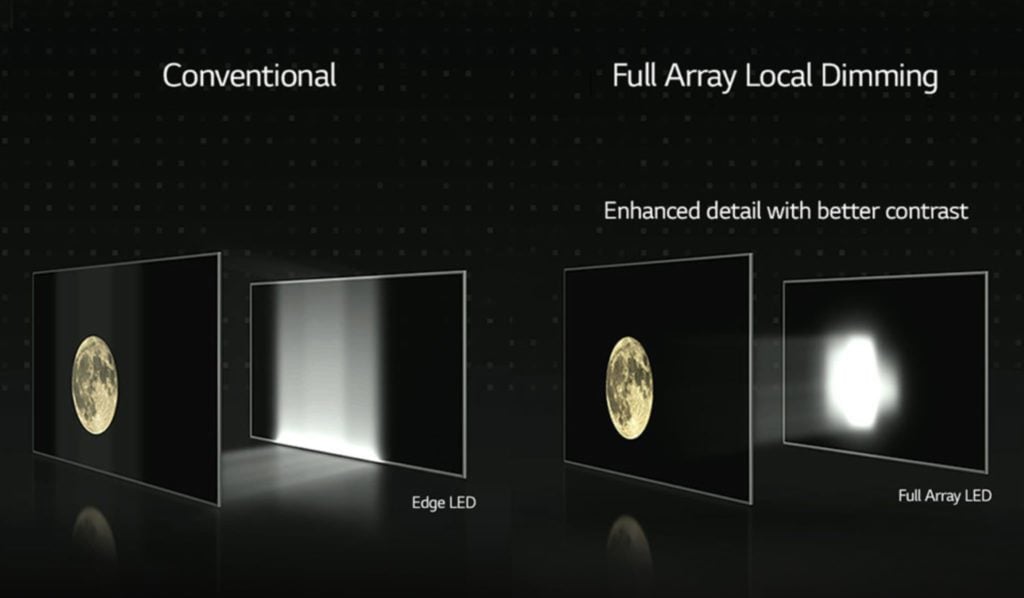





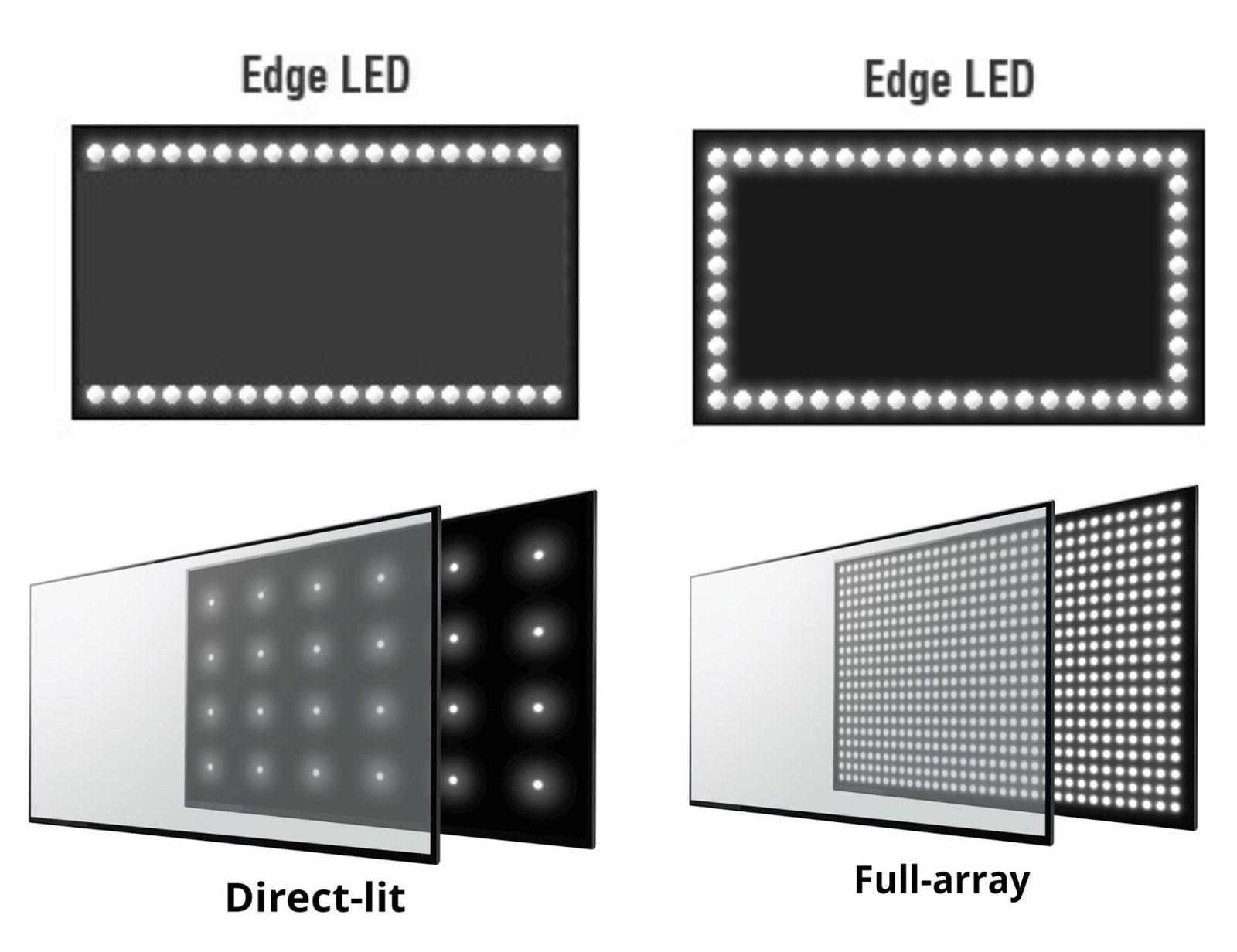

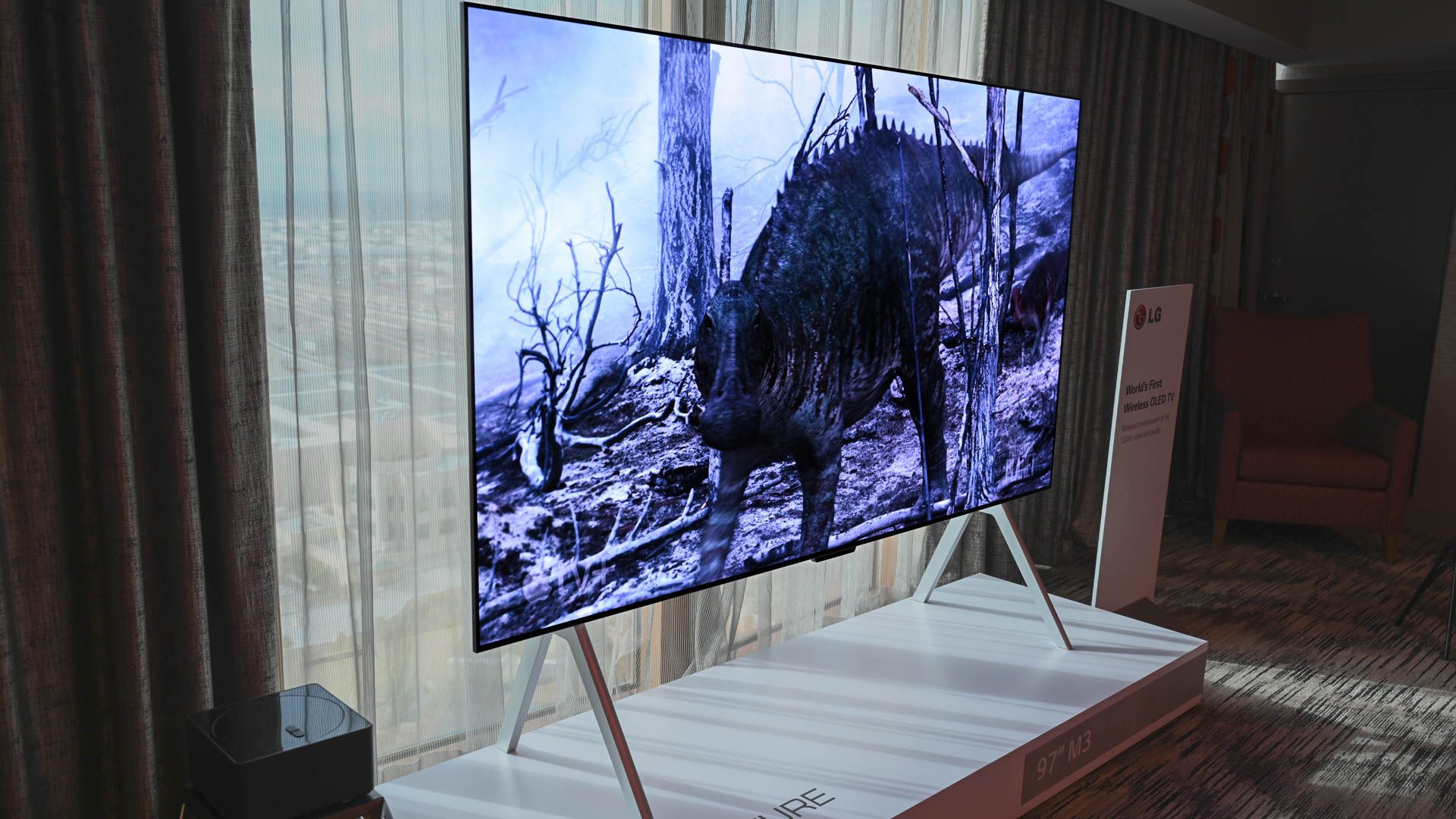

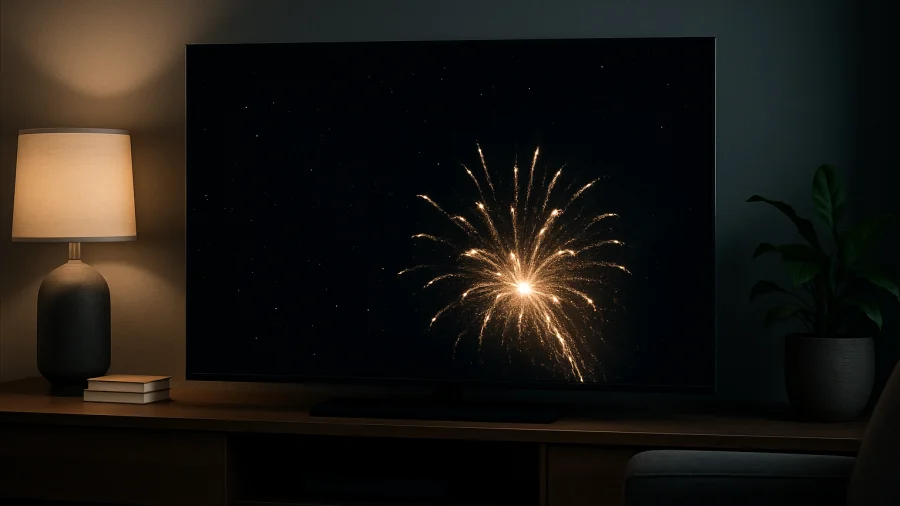

:max_bytes(150000):strip_icc()/vizio-full-array-zones-large-56a4b48d3df78cf77283d2e0.jpg)
